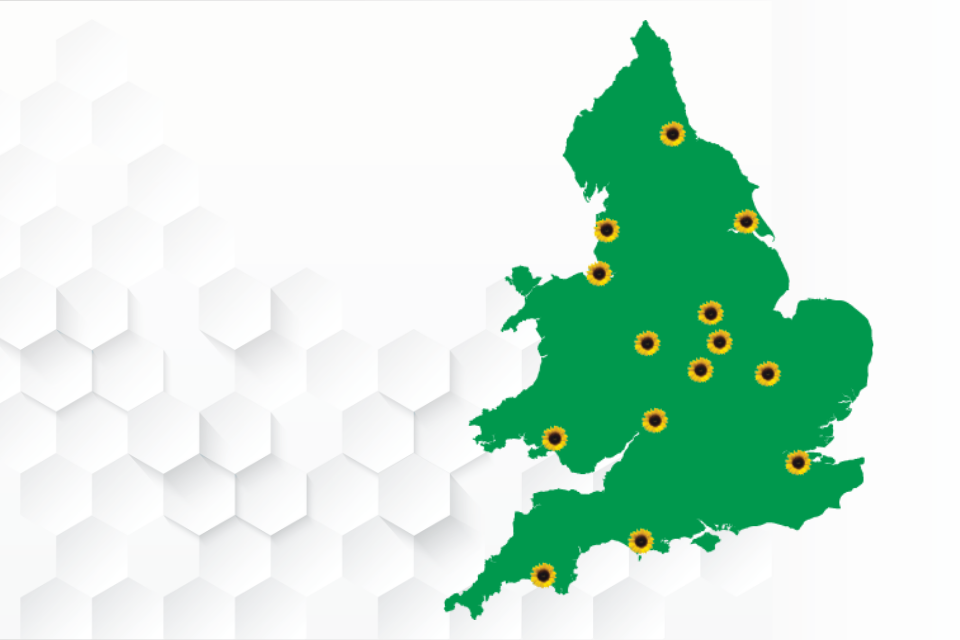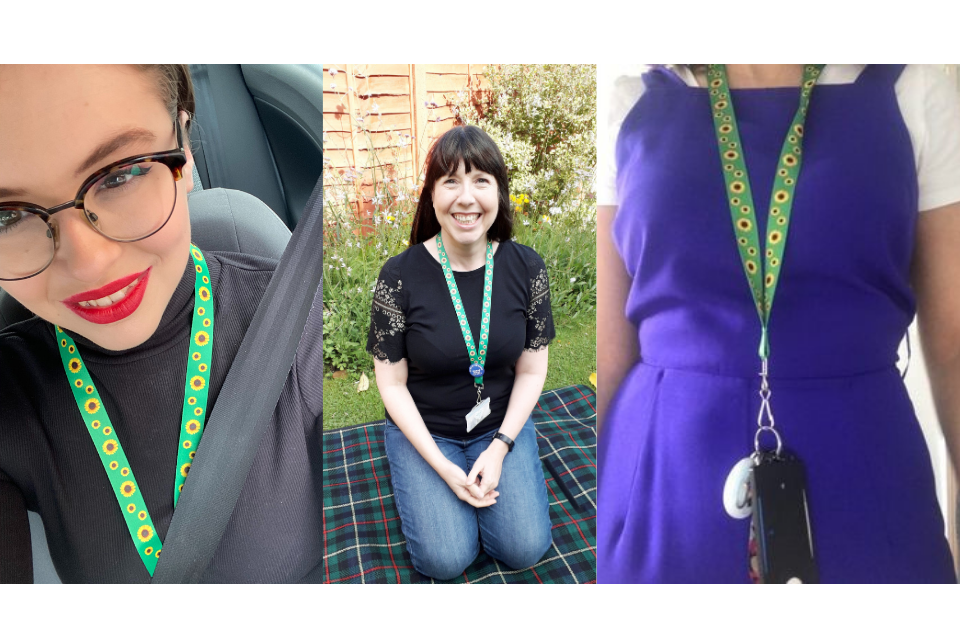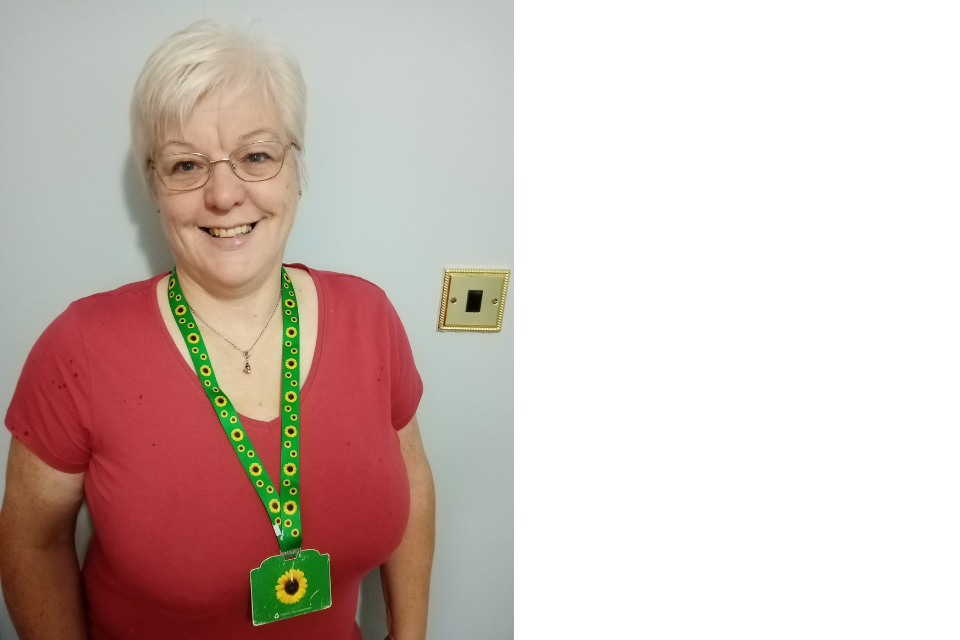[ad_1]

As part of National Inclusion Week, HM Land Registry’s Disabled Employees Network wanted to do something which would make a difference. It has taken some planning, and of course, the inevitable delay due to coronavirus (COVID-19), but we are proud to announce the rollout of the Sunflower Lanyard Scheme at HM Land Registry.
The Sunflower Lanyard Scheme
The scheme is designed to discreetly indicate, using a visible sign, that the wearer has a hidden disability and may require additional support, help or a little more time while out in public. It may be that the individual wears a sunflower lanyard or displays a virtual indicator.
You may have spotted someone wearing a sunflower lanyard or seen a poster in your local supermarket, railway station, leisure facilities or local health centre.
Hidden Disabilities
Some disabilities don’t have physical signs and are not immediately obvious. This can include learning difficulties, mental health issues, as well as mobility, speech, visual or hearing impairments, or any other condition that inhibits day-to-day living.
Robin Malpas, Head of Local Lawyer Group, says:
Hidden disabilities present challenges that go beyond the particular disability. How do you know, for example, that the person you are talking to can’t hear what you are saying and needs to lipread to be able to communicate with you? Of course, they can explain, but the Hidden Disability Sunflower lanyard scheme is a subtle way of letting others know that you have a disability.
Some people don’t have to wear a face covering because of their disability and a Sunflower lanyard will hopefully prevent them from being challenged on a regular basis when out and about during the current pandemic.

This is a purely voluntary scheme. We’ve already received positive feedback from colleagues taking part outside of work, and we hope it will enhance and compliment the services that we already provide for our people and visitors to HM Land Registry.
Travel made easy

Having purchased my own lanyard, I’ve used it a number of times when travelling. The first was flying to and from the United States. In both the airport in Newcastle and in Amsterdam it was instantly recognised, and staff gave assistance such as fast tracking at scanning and customs, ensuring I boarded easily. On the flight, the staff were also caring and considerate.
I booked a train journey which involved a number of changes. I struggle with this as I cannot hear announcements. We booked assistance and I wore my lanyard. I did not need to search out the staff at the station – they recognised the lanyard and approached me. They asked what assistance I required. While you don’t have to, I explained I was hearing impaired and what I had difficultly with. The staff then automatically faced me to speak and ensured I was looking before they spoke. It was brilliant. It took away my fears about being on the wrong train and it made me feel comfortable and confident about travelling. No missed announcements meaning I was on the right platform and caught the right train.
Having the lanyard made both experiences, rather than a dread, something to relax and enjoy.
Having a recognised scheme in HM Land Registry will make it easier for staff and visitors with a hidden disability to be given assistance at any point from entry into the building, in meetings both physical or virtual.
This is one of many ways that HM Land Registry strives to support disabled employees.
[ad_2]
Source link








